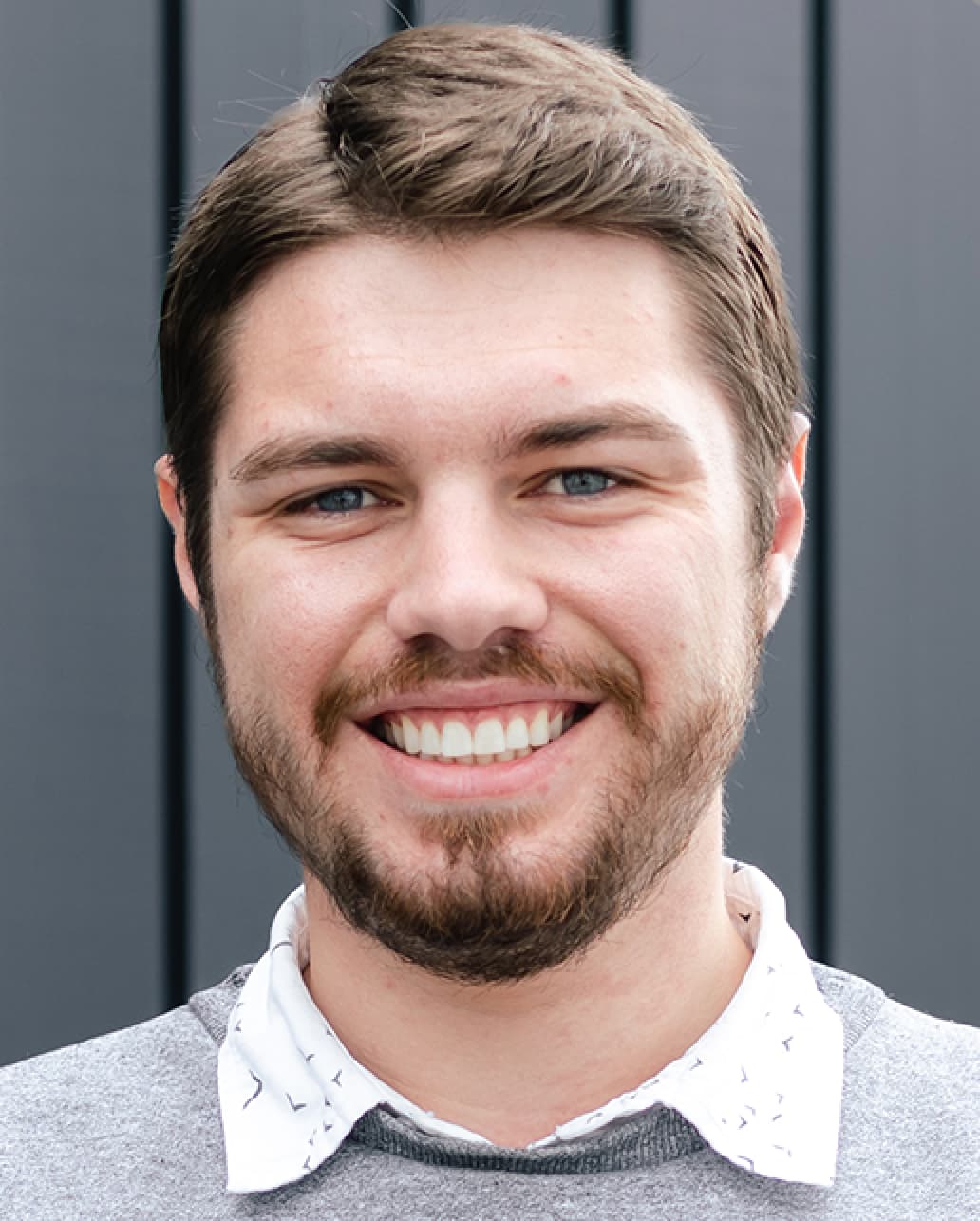Local architects offer alternative intensification views

Nelson-based architect William Samuels says intensification can be done well, like the Bett Apartments, but believes Plan Change 29 doesn’t have strong enough quality controls. Photo: Max Frethey.
As residents contemplate the vision that Nelson City Council has released in its proposed intensification plan, local architects have put forward their alternative views for consideration.
After hearing some initial discussion about Plan Change 29 – the council’s proposal to allow denser housing – resident Jan Whittington said she had “no clue” what was being proposed and, upon talking with others in the community, realised that many were in the same boat.
“We should have a clue.”
So, Jan took it upon herself to organise two community meetings for residents to hear explanations and opinions from local architects on what the changes could mean, what other options could be asked for, and how people can make submissions.
William Samuels, chair of the Nelson and Marlborough branch of Te Kāhui Whaihanga New Zealand Institute of Architects, spoke at one of the community meetings held at the beginning of month.
He supports the intent of the plan change and agrees that urban sprawl should be stopped, but has concerns about the process and its ability to deliver good-quality design.
“There is a difference between intensification and good-quality intensification. New Zealand does not do intensification well,” William says. “What I’m trying to advocate for here is good-quality design.”
William says the plan change put forward by the council is primarily focused on delivering more houses with limited consideration given to how well the homes are designed.
“Locally, there aren’t the qualitative controls that we need to ensure good-quality design outcomes. Who is designing our cities? At the moment, no one.”
He thinks there has “probably been a bit of surprise” at the council about the pushback on Plan Change 29 and the organisation might be considering how to respond to the widespread concern.
“Now is the time to be trying to get some good outcomes from the process.”
Some outcomes William would like to see achieved include having neighbourhood plans drawn up for the city which would outline the specific design goals for each area in a “robust” way.
Additionally, he wants an independent, regional urban development agency established to provide guidance and oversee development across Nelson so it occurs in a more coordinated way rather than on a site-by-site basis, as it is done now.
“It’s about design-led solutions rather than developer-led solutions.”
Good design was a common theme for the architects.
Climate strategist of Resilienz, Lindsay Wood, advocated for design standards that upheld street character, nature and soft landscaping, and resident access.
He also suggested that six-storey buildings were too tall and instead Nelson could learn from European centres where four-storey buildings with a basement level halfway below ground level were dominant.
“Under some circumstances, this may be a good way to go… If we’re going to have bigger buildings, let’s try and get them right.”
Peter Olorenshaw agreed that intensified housing could be designed well, and that the proposed plan needed more provisions to protect heritage in Nelson.
“Density and heritage are not mutually incompatible.”
As the convenor for sustainable transport group Nelsust, he also said that intensified housing in the city centre would lower car dependency.
In an approach different to the other architects, Mark Fielding proposed that “secondary minor dwellings”, or granny flats, could provide a 50 per cent increase in houses.
“I don’t like the premise of Plan Change 29 to go upwards. I think we can go inwards,” he says.
“Use existing properties to sensitively increase bed numbers with low profile, small, lightweight, removable dwellings that are priced to allow young people or old to buy or rent them.”
Jan encourages people to make a submission on Plan Change 29 before they close on 31 October.
“I think it matters,” she says. “If you don’t try to get what you ask for, you get what someone else wants.”

